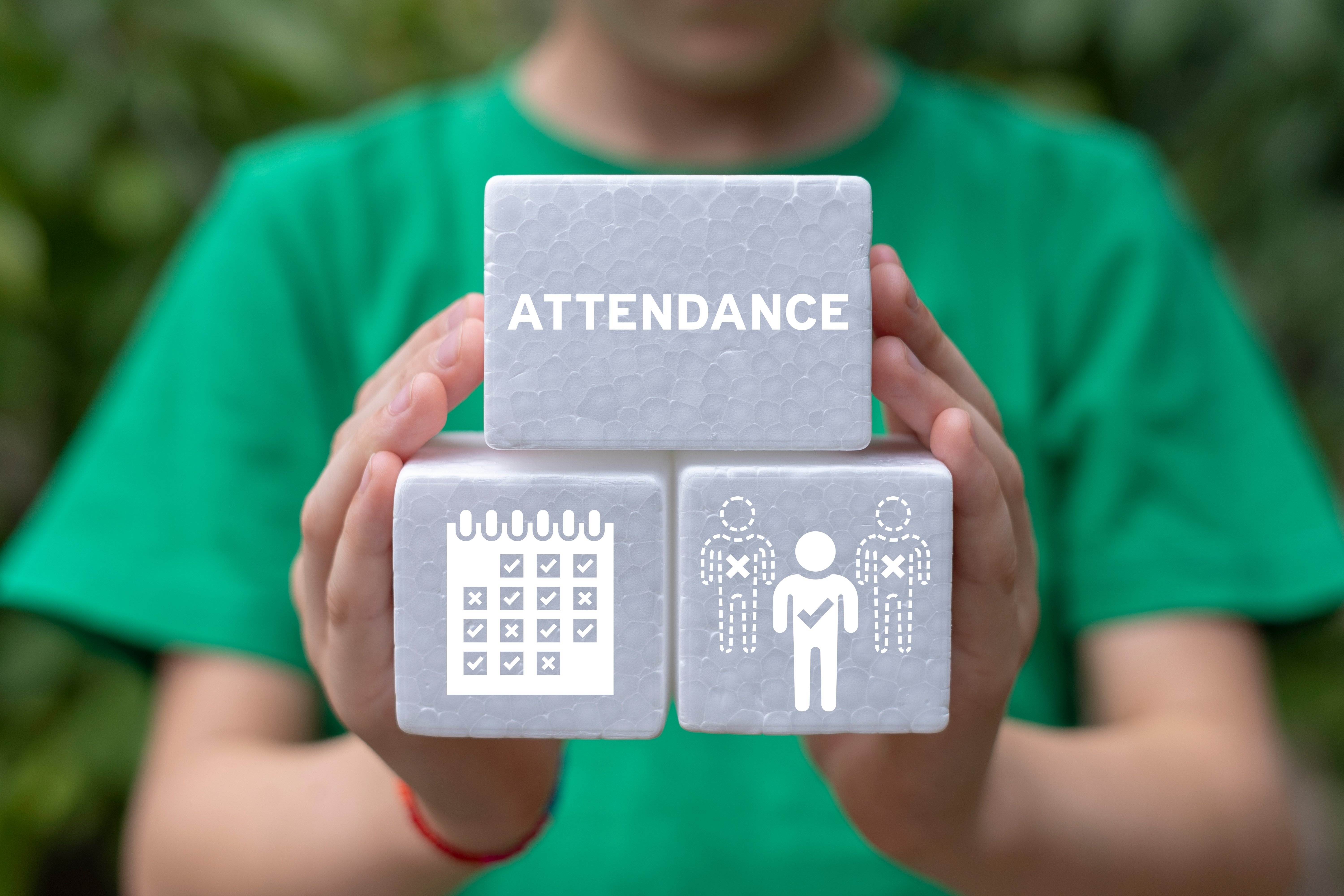How HopSkipDrive can help with alternative school transportation needs
Written by Lauren Rueger
School transportation immediately brings to mind the big yellow school bus, but due to varying circumstances some students need an alternative school transportation option, one which supplements traditional school bus transportation.
HopSkipDrive partners with many schools, districts, and government agencies to provide transportation for kids with non-routine school transportation needs, helping all students access educational opportunities.
Schools across the country have been working tirelessly to manage the lingering impacts of the COVID-19 pandemic, which have affected both students and staff — as well as school transportation operations.
HopSkipDrive always strives to promote the safety and health of Riders, Ride Organizers and CareDrivers.
Below, we’ll discuss the alternative school transportation needs our transportation solution helps to address, with acknowledgement to the impact the pandemic has had on families and schools alike.
HopSkipDrive is a flexible and reliable solution, helping to enable:
- Transportation for students experiencing homelessness (under McKinney-Vento designation)
- School-of-origin transportation for youth in foster care
- Transportation for students with individualized education plans (IEPs)
- Transportation for students with career and technical education programs (CTEs)
- Transportation for nonprofits working with youth
- Transportation for students with special needs
- Transportation for field trips
- Transportation for students in internships or work study programs
McKinney-Vento transportation
In 1987, the McKinney-Vento Act was passed to provide assistance and support to homeless families. Part of the act’s intent is to ensure youth experiencing homelessness can attend school or remain in their school of origin without a permanent residence.
While many McKinney-Vento students can be added to existing bus routes, HopSkipDrive partners with school districts to provide a cost-effective, safe and efficient alternative school transportation solution for students who move outside of those bus routes. And because we are a flexible solution, we can build out new routes with eight hours notice, meaning we can get children who are highly mobile to school the very next day.
HopSkipDrive works with districts to plan and iterate routes for students under McKinney-Vento. HopSkipDrive’s technology and Safe Ride Support system provide visibility for transportation coordinators.
During COVID-19, the number of youth experiencing homelessness increased significantly, and the pandemic created even more barriers to students’ education, health, and safety. As many schools turned to virtual learning or a hybrid approach, students experiencing homelessness typically don’t have access to the same resources necessary for classwork, such as a computer or access to the internet.
HopSkipDrive CareDrivers have at least five years of caregiving experience and are connected with trauma-informed care resources so they can provide a caring, positive environment when driving youth experiencing homelessness.
With schools reopening or reopened, we continue to support youth experiencing homelessness in partnership with the schools and districts we work with.
Youth in foster care
About 500,000 children nationwide are in foster care, and statistics show that by the time youth in foster care reach their junior year, around one-third will have changed schools an average of five times. Each time this population changes schools, they lose four to six months of academic progress, one of the factors contributing to a 50% graduation rate for youth in foster care.
Fortunately, the Every Student Succeeds Act (ESSA) dictates that counties and districts work together to ensure youth in foster care receive transportation to their school of origin, or the school they were enrolled in when they were removed from their home. Staying at the same school is incredibly beneficial to these students’ emotional well-being and academic success.
Behind the scenes, counties and districts share the responsibility of getting students to and from their school of origin, even when the student has moved to a new home outside of normal bus routes. Transportation must be provided immediately, so an unexpected move can mean a student must have a way to school the very next day.
That’s where HopSkipDrive comes in — we can build out routes with only eight hours notice.
To look at how the pandemic has impacted youth in foster care, we sat down with Daniel Heimpel, President and Founder of Fostering Media Connections. During COVID-19, families and youth in foster care have experienced court hearings, visitation appointments and reunification stymied and the education gap has increased significantly due to lack of resources and virtual learning.
As we look forward, Vivek Sankaran, Director of the Child Advocacy Law Clinic and the Child Welfare Appellate Clinic at the University of Michigan Law School, reminds us:
When our system resurfaces after this crisis wanes, we must extend compassion to both parents and child and recognize the pain they have experienced. We must notice the pain of family separation exacerbated by the pandemic.
To support students, HopSkipDrive CareDrivers have caregiving experience and are connected with resources on trauma-informed care. They often provide stability to students by regularly giving them a ride to or from school. We have many stories of CareDrivers bonding with children in foster care and helping them feel understood.
As schools reopen, we’ll continue expanding our non-routine student transportation partnerships with transportation staff to ensure youth in foster care get back to school.
Students with special needs or Individualized Education Plans (IEPs)
Many students with special needs attend mainstream schools with additional classes or resources to help them thrive; these Individualized Education Plans (IEPs) may necessitate a non-routine schedule. If the IEP includes a transportation requirement, districts are also responsible for providing transportation for that student.
Some students with special needs may also be unable to ride the bus due to unique physical or behavioral needs. They may benefit from accommodations or alternate transportation. For students, taking a ride with a CareDriver is a calming and welcome alternative to crowded public transit or a traditional school bus.
HopSkipDrive provides an alternative school transportation solution customized for each unique schedule and child’s needs. Beyond the flexibility of our model, we connect CareDrivers with educational resources which give them the necessary background to work with riders with special needs. Rider profile notes ensure CareDrivers know how to approach each specific child.
Students with special needs have been impacted tremendously by the pandemic. Not only have their routines been disrupted by virtual learning, but students in special education classes or with IEPs often find themselves lost without the extra, in-person care IEPs and classes provide.
In our recent blog post, we share several ways to help students with special needs navigate the new normal in school transportation, such as building a consistent routine, establishing empathetic relationships, and aligning communication between school transportation, the student’s IEP team and their family.
As schools reopen, our partnerships continue to support students with special needs by helping them get to necessary services.
Career and technical education programs
Many schools offer career and technical education (CTE) programs to allow students to explore career pathways. These programs can lead to a direct path to a career they’re interested in starting immediately, or an alternative to higher education. For many, it allows them to skip the college debt and start earning money right away, which is one reason it’s become increasingly popular.
One of the barriers in CTE programs, particularly for lower-income or at-risk youth, is transportation. Many of the job training opportunities are off-site or after school. If students miss work due to lack of transportation, they could lose their job.
HopSkipDrive works with many schools and districts to provide a transportation solution for students to attend CTE programs and get to off-site or after-school internships. Here, two students in a career and technical education program share how they benefited from HopSkipDrive’s solution.
Transportation for nonprofits
Many nonprofit organizations provide resources for kids and teens that greatly enrich their lives. However, transportation can be a definite barrier to access for many families who would like to use the services.
For example, a parent may want their child to take advantage of after-school programs at the Boys and Girls Club, but they have no way to get them there after school. That’s where HopSkipDrive comes in. We partner with organizations like the Boys and Girls Club, Big Brothers Big Sisters, the Getty and the Pocock Rowing Foundation to provide access to education enrichment opportunities.
Many of these organizations use HopSkipDrive to provide a safe, reliable transportation solution for students, so they can take part in internships, enrichment programs, and other activities.
If you are a school, district or organization who would like to work with us, please visit our home page for more information or request a quote. Our alternative school transportation solution works for over 250 districts and schools, and we’d love to work with you.



